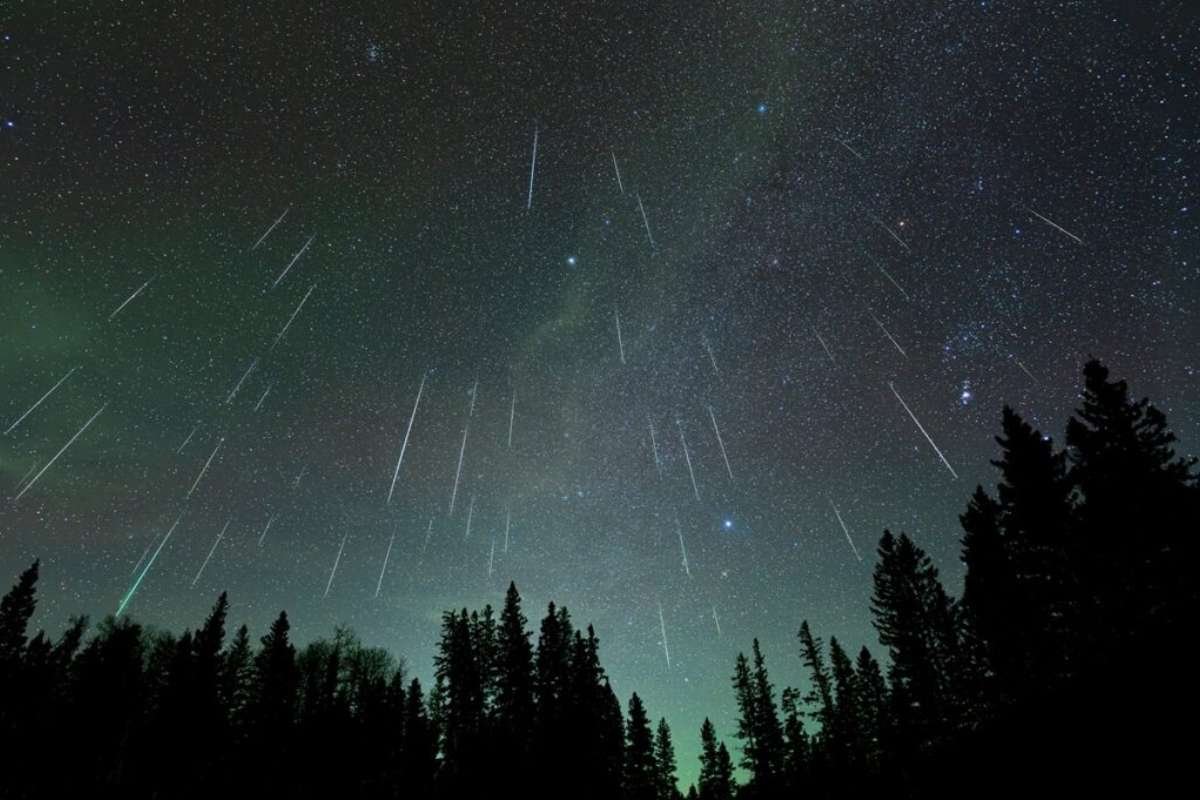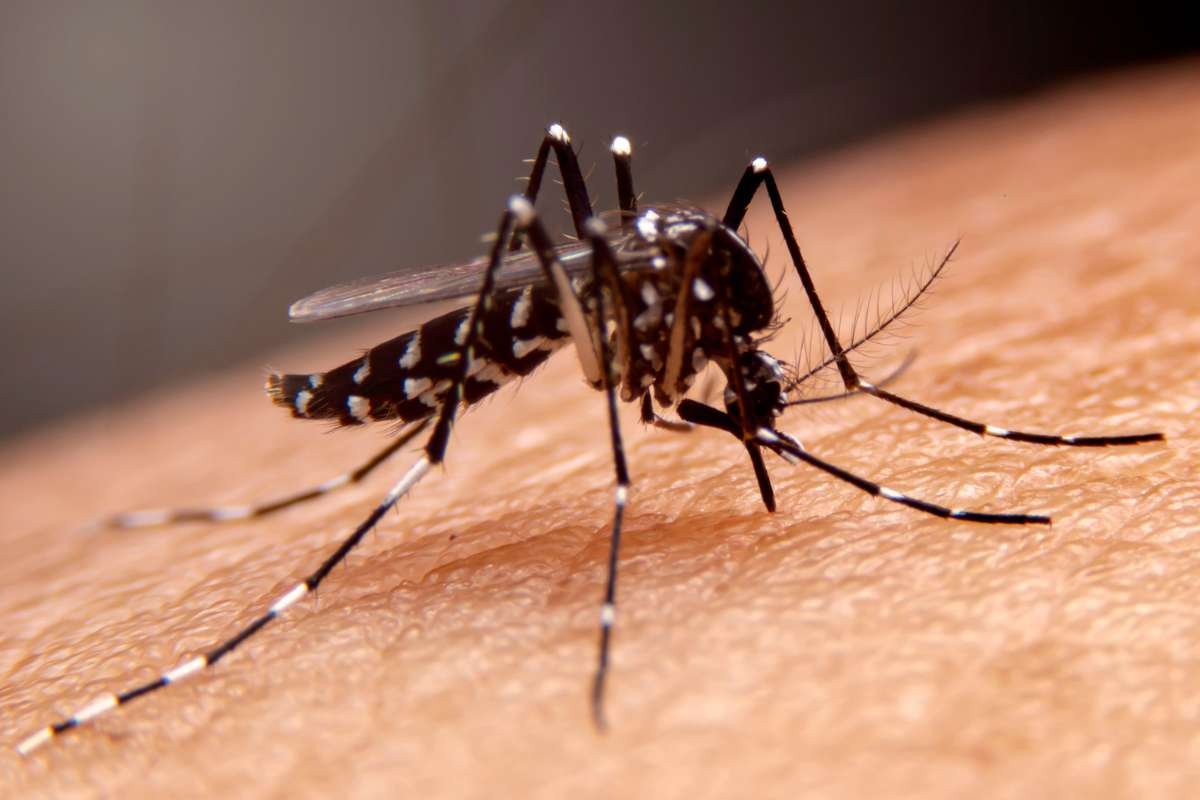A Celestial Spectacle Begins This Week
The Lyrid meteor shower, one of the oldest known to humankind, is set to light up the night sky starting this week. Skywatchers can look forward to catching the dazzling display beginning Wednesday night, with the event continuing through April 25. This year’s shower is expected to reach its peak around April 21 and 22, offering a prime viewing opportunity for astronomy enthusiasts.
Known for its fast and bright meteors, the Lyrids have been captivating viewers for thousands of years. The first recorded observation dates back to 687 B.C., making the Lyrids one of the most historically significant meteor showers still observable today. These meteors are remnants of Comet Thatcher, which orbits the Sun approximately once every 415 years and was last visible from Earth in 1861.
According to Bill Cooke, head of NASA’s Meteoroid Environments Office, the Lyrids are created when Earth passes through the debris trail left by Comet Thatcher during the third week of April. When these tiny particles enter our atmosphere, they burn up, creating the streaks of light often referred to as shooting stars or fireballs.
A Rare Dual Shower Experience
This year, stargazers will be treated to a rare overlapping of two meteor showers. Alongside the Lyrids, the Eta Aquariid meteor shower is also set to begin later in the week, starting on Friday and continuing until May 28. The Eta Aquariids, which originate from debris left behind by Halley’s Comet, are expected to reach their peak on May 5 and 6.
Although Comet Thatcher itself won’t be visible again until the late 23rd century, its trail continues to produce the Lyrid meteor shower each April. The meteors from the Lyrids typically enter Earth’s atmosphere at speeds of around 29 miles per second and can produce bright trails and occasional fireballs.
These combined showers offer a unique opportunity for skywatchers to witness multiple celestial events in the same season. While the Eta Aquariids are generally more visible from the Southern Hemisphere, the Lyrids can be best viewed from locations in the Northern Hemisphere under dark, open skies.
How to Catch the Lyrids in Action
Fortunately, no telescopes or special equipment are needed to enjoy the Lyrid meteor shower. Experts recommend heading to an area far from city lights for optimal viewing conditions. “You’re not going to see meteors from downtown Manhattan or Central Park,” Cooke advised. Instead, seek out the darkest location possible, lie flat on your back, and look away from the moon.
Viewers are encouraged to allow their eyes at least 30 to 45 minutes to adjust to the darkness. Once your eyes acclimate, you should be able to witness meteors streaking across the sky, particularly in the early morning hours when visibility tends to be better.
As long as the skies remain clear, this year’s Lyrid meteor shower promises to deliver a stunning celestial performance—an annual reminder of Earth’s journey through the cosmic remnants of a centuries-old comet.
Visit The Lifesciences Magazine For The Most Recent Information.







